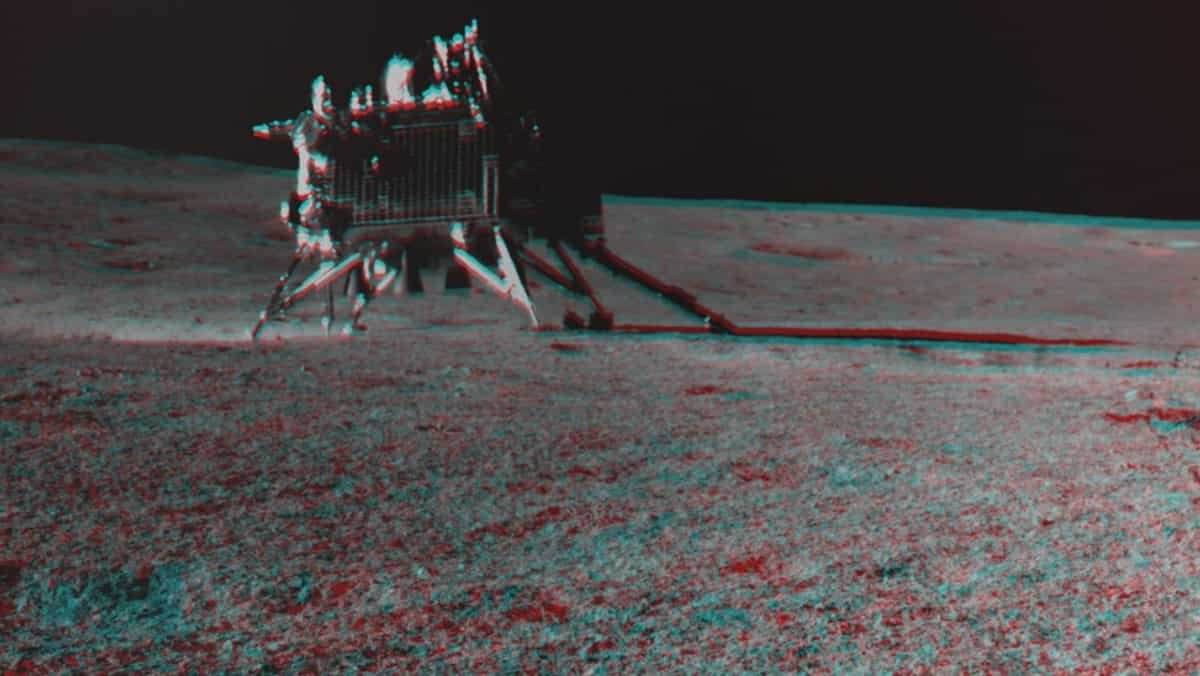Former ISRO Chairman A S Kiran Kumar, who played a significant role in the Chandrayaan-3 mission, said that there are zero prospects for the revival of the moon lander and rover, reported PTI news agency. This suggests that India’s third lunar mission has successfully concluded. “No, no, there won’t be any more hope of reviving. Now, if it should have happened, it should have happened by now. There is (now) no chance at all,” Kumar told the agency.
Despite efforts by the Indian Space Research Organization (ISRO) to reestablish contact with the Vikram lander and Pragyan rover following the start of a new lunar day on September 22, no signals have been received from the spacecraft. ISRO had said at the time that it would continue communication efforts.
trending now
-
First Gandhi Museum in North America opens in Houston
-
Asian Games live updates: India makes history with 100 medals
-
PM Modi’s assassination threat, demands for Bishnoi’s release in email triggers heightened security: Report
-
Top 10 world news: Nobel Peace Prize winner, death toll after strike in Ukraine’s Hroza rises to 52, and more
-
After Kim-Putin meet, train traffic between North Korea and Russia spikes
-
Who was Jaswant Singh Gill, the insipiration behind Akshay Kumar’s Mission Raniganj
-
Ariana Grande and Dalton Gomez settle divorce, singer to pay $1,25 million to ex-husband
-
IND Vs AFG Live Streaming: How to watch India vs Afghanistan Asian Games 2023 Cricket Final match LIVE
-
Diplomatic tit-for-tat: US expels Russian embassy officials after similar move by Moscow
-
IND Vs AFG Asian Games 2023 Cricket Final: Check head-to-head stats and more ahead of India vs Afghanistan
-
Mean Girls reunion! Lindsay Lohan, Amanda Seyfried, Lacey Chabert seen shooting for secret project in LA
-
BAN vs AFG Head-to-head: World Cup 2023-Bangladesh vs Afghanistan pitch report, weather update, live streaming
-
Vivek Ramaswamy slams Zelensky’s bid for more US funds
-
IND vs AFG Asian Games 2023 Cricket Final: Check date, time, venue, squad, weather forecast and pitch report
-
Moscow losing influence in Central Asia? After Kyrgyzstan, Kazakhstan mulls limiting use of Russian language
ISRO had planned for the lander and rover to operate for one lunar daylight period, which lasts approximately 14 Earth days. The Chandrayaan-3 mission successfully achieved its three primary objectives – demonstrating a safe and soft lunar landing, showcasing rover mobility on the moon, and conducting in-situ scientific experiments.
Prospects of future lunar missions
With the possibility of reestablishing communication with the lander and rover seen as a potential “bonus”, an official of the space agency reportedly said, “If our luck is good, we will have the revival of both the lander and rover and we will get some more experimental data, which will be useful for us to further do an investigation of the moon surface”.
Kiran Kumar while expressing confidence in future sample return lunar missions said, “In the larger sense, what you have achieved definitely is you have reached an area (south pole) where nobody else has gone and got in-situ data of that region. And that is actually very useful information. It will benefit subsequent (missions) both in terms of knowledge and in terms of planning the activities that you want to do in that region.”
However, he also noted that it is difficult to predict specific timeframes for these endeavours. “Yes, definitely in future it will all be there because these are all technological capabilities you keep developing, now this (Chandrayaan-3) has shown soft-landing and subsequent ones will pick up material from there and come back, all those missions will definitely be there,” Kumar said.
“It purely depends on how the overall planning happens, and how much resources are made available, so it’s very difficult to tell (the time-frame for the sample-return mission),” the scientist added.


)
)
)
)
)
)
)
)
)
)
)
)
)
)
)